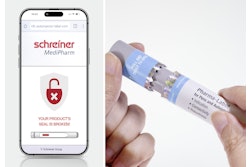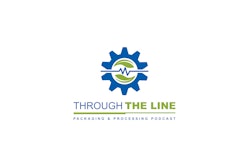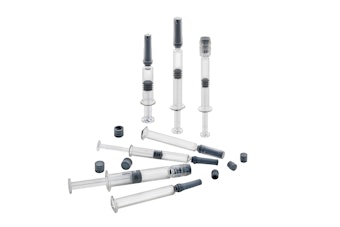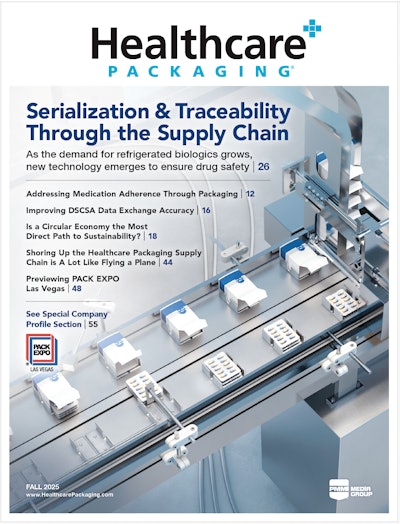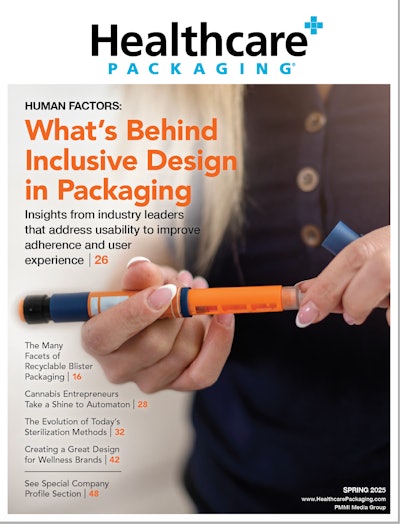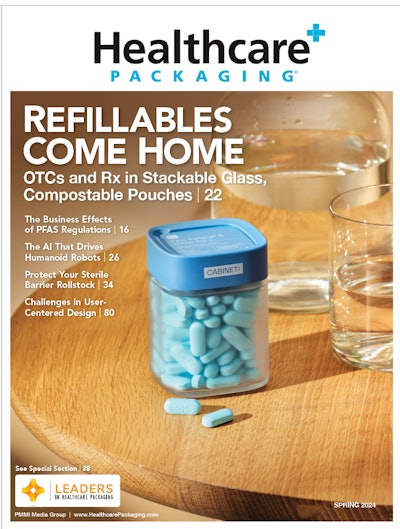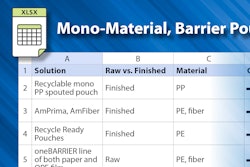
Key Takeaways:
· Intelligent data capture – powered by 2D barcodes and global standards – is transforming logistics operations across industries.
· Moving from 1D to 2D barcodes requires more than just buying new scanners. Manufacturers must update printers, imagers, and software.
· Mapping out every affected system and process is essential, as DSCSA demonstrated the value of cross-supply-chain collaboration.
Knowledge is power. And within the healthcare supply chain, knowledge is known as data. But one cannot gain access to data without proper data capture. A recent GS1 US report offers companies a roadmap to modernization through intelligent data capture, highlighting how automation and data-driven systems can improve transparency, speed, and efficiency. The report, “Advancing Logistics Operations Through Intelligent Data Capture,” explores how intelligent data capture – powered by two-dimensional (2D) barcodes and global standards – is transforming logistics operations across industries.
Yet, despite industry momentum, many organizations still face hurdles when updating legacy systems, especially in the healthcare space. To better understand these challenges and opportunities, I interviewed Tracy Nasarenko, Vice President of Customer Success for Healthcare at GS1 US. With more than two decades of experience in pharmaceutical manufacturing, Nasarenko provides insight into what it takes to transition from traditional barcodes to intelligent, connected systems that support end-to-end visibility.
Breaking Free from Legacy Systems
According to Nasarenko, two of the biggest barriers to modernization are cost and people.
“Legacy systems tend to be deeply embedded in processes,” she explains. “That makes change complex. The most successful transitions begin with a thorough assessment—understanding how updating a system will impact every connected process.”
While many companies recognize the need to upgrade, hesitation often stems from the human side of transformation. “People are comfortable with what’s familiar,” she adds. “Even when the benefits are clear, change can be daunting.”
And moving from 1D to 2D barcodes requires some change, and it’s more than just buying new scanners. Manufacturers must update printers, imagers, and software—ensuring that every connected system can handle additional data points such as lot numbers, batch codes, and expiration dates.
“These 2D barcodes allow companies to include far more information in a small space,” says Nasarenko. “But that introduces dynamic data, which must be managed seamlessly throughout packaging and distribution.”
For the pharmaceutical sector, this shift is also regulatory. The Drug Supply Chain Security Act (DSCSA) mandates four product identifiers—GTIN, lot number, batch number, and expiration date—encoded within a 2D data matrix. Similarly, the Unique Device Identification (UDI) rule governs medical device labeling, emphasizing traceability and accurate identification.
Cross-Sector Challenges and Collaboration
The overlap between pharmaceuticals and medical devices adds complexity for manufacturers producing both.
“Companies like Johnson & Johnson that manufacture both prescription and over-the-counter products have extended 2D capabilities across all products for consistency,” Nasarenko notes. “But when some product categories face lighter regulation, uneven adoption can create roadblocks.”
To prevent downtime or relabeling errors during the shift, companies must manage dynamic data in real time. Nasarenko emphasizes that success depends on process design, “Processes must be designed to support those updates seamlessly. In my experience, this often means adjusting workflows, staffing, and approval processes to ensure smooth transitions within packaging operations. The goal is to structure the system to realize the full benefits of the investment.
A Roadmap for Modernization
According to Nasarenko, a typical modernization roadmap begins with defining objectives—whether improving stakeholder data exchange or internal efficiency.
“The first step is always to define what you’re trying to achieve. Is it greater data exchange with stakeholders, or improved internal efficiency? Your stakeholders should be involved from the start,” she says. “Projects fail when they happen in silos.”
 The Drug Supply Chain Security Act (DSCSA) mandates four product identifiers—GTIN, lot number, batch number, and expiration date—encoded within a 2D data matrix. stevecoleimages, getty images
The Drug Supply Chain Security Act (DSCSA) mandates four product identifiers—GTIN, lot number, batch number, and expiration date—encoded within a 2D data matrix. stevecoleimages, getty images
Through GS1’s Solution Provider Partner Program, technology providers are increasingly aligning their products with global standards.
“We’re seeing strong engagement from software vendors, vision system developers, and printer manufacturers,” says Nasarenko. “By building systems on standardized frameworks, integration with ERP, warehouse, and quality systems becomes far simpler.”
This focus on standardization is helping reduce integration complexity—an ongoing challenge for many healthcare organizations.
Technology alone isn’t enough. As Nasarenko said earlier, one of the biggest barriers to modernization is people. That’s why workforce training and change management are critical components of intelligent data capture initiatives.
“I come from a Lean background, where employee engagement is central,” she says. “When employees understand the ‘why’ behind a change and feel ownership, adoption rates rise dramatically.”
Too often, companies invest heavily in new tools but overlook the human factor. “It’s not just about learning to use a new scanner,” she adds. “It’s about understanding how that technology improves accuracy, efficiency, and—most importantly—patient safety.”
Beyond Compliance: Building a Data-Driven Future
Nasarenko cautions that companies should look beyond compliance when modernizing. For example, the upcoming expansion of the National Drug Code (NDC) from 10 to 12 digits will require major system updates.
“Changes like this can be catalysts for broader transformation," she says. "When companies modernize, they should aim to improve data accuracy, collaboration, and overall efficiency—not just meet regulatory requirements.”
The healthcare supply chain is increasingly data centric. As Nasarenko put it,
“One of the major takeaways from DSCSA is that companies aren’t just selling products anymore—they’re selling products plus data. Patients expect transparency, and that requires collaboration across the entire supply chain.”
As such, the path to intelligent data capture isn’t just about technology. It’s about people, processes, and purpose—working in harmony to deliver accurate, transparent, and actionable data. For the healthcare industry, these efforts ultimately translate into one critical outcome: better patient care.








